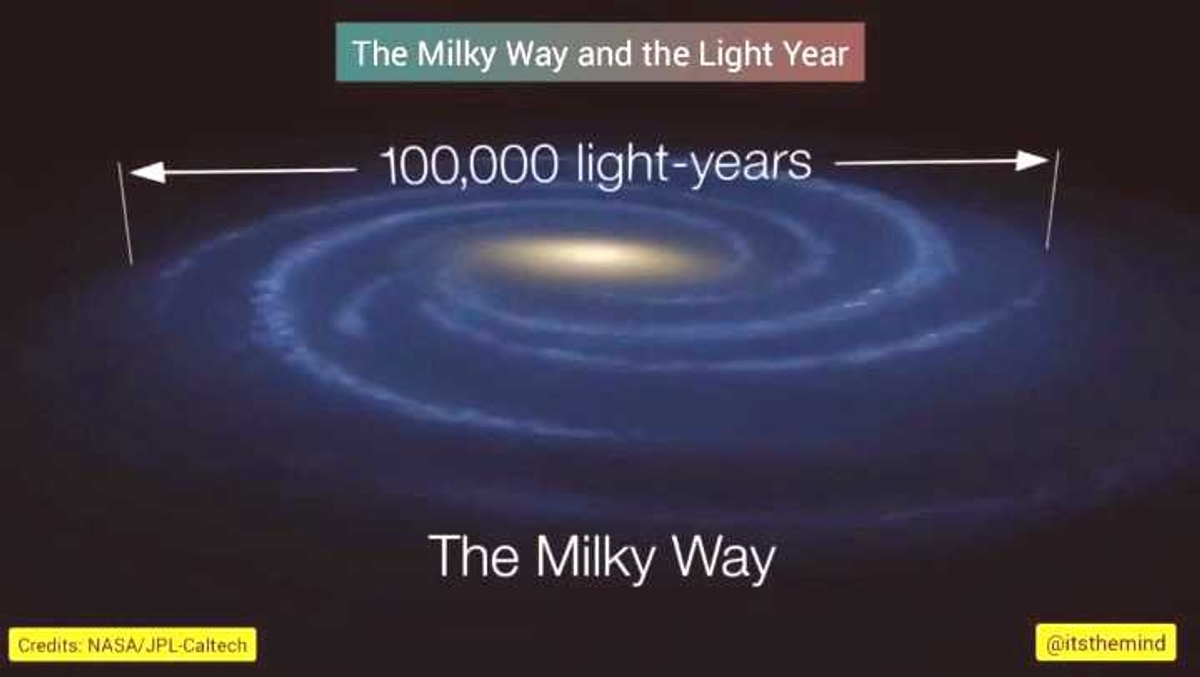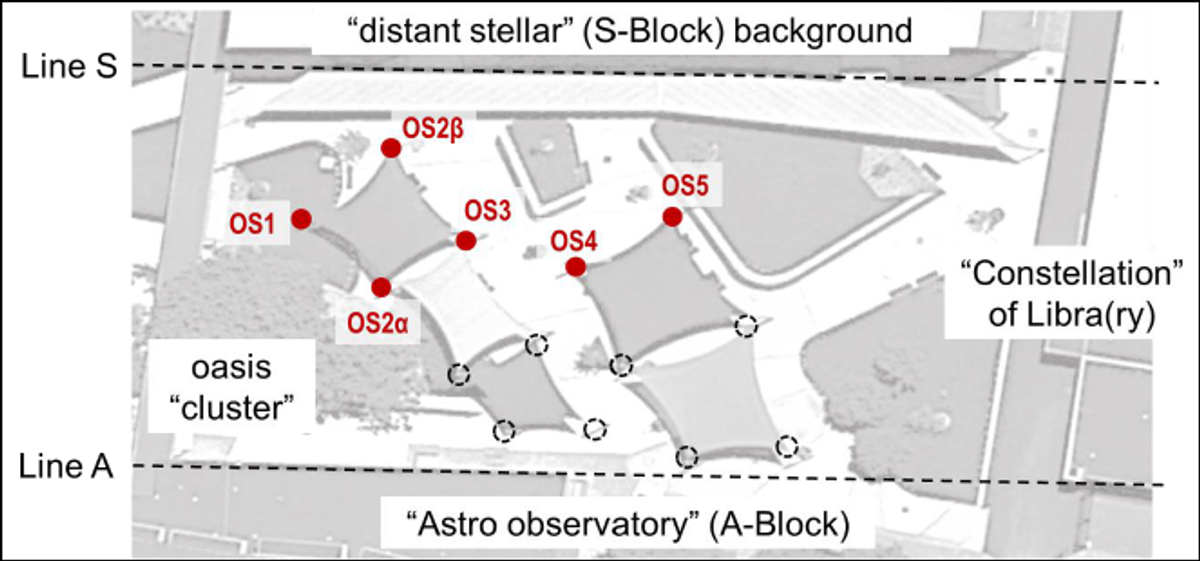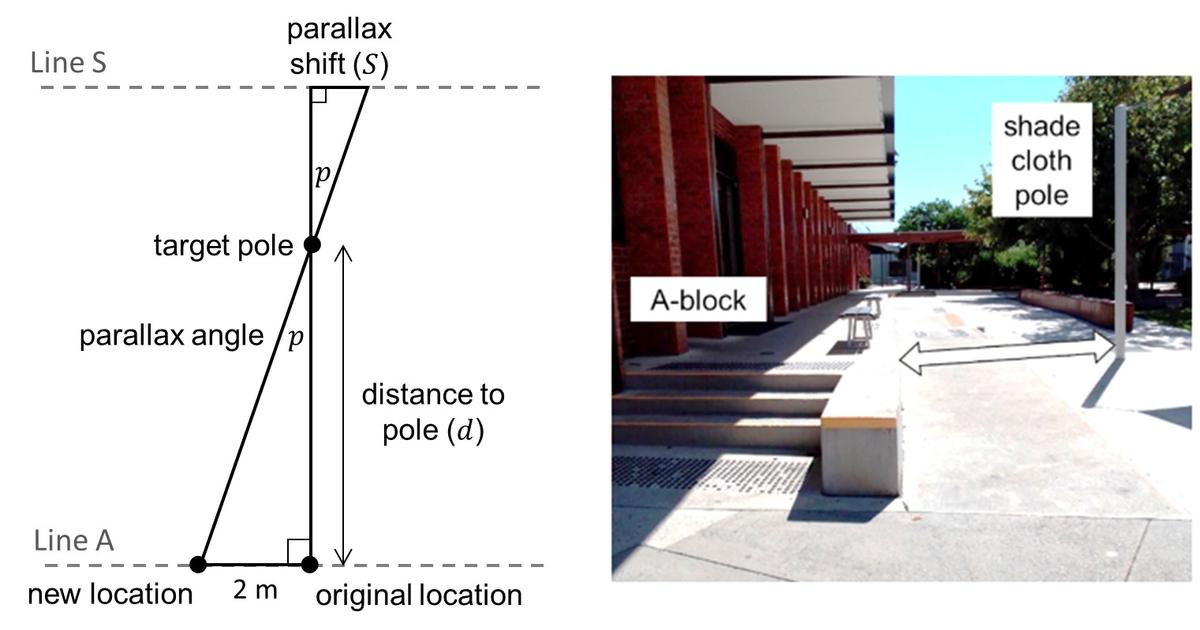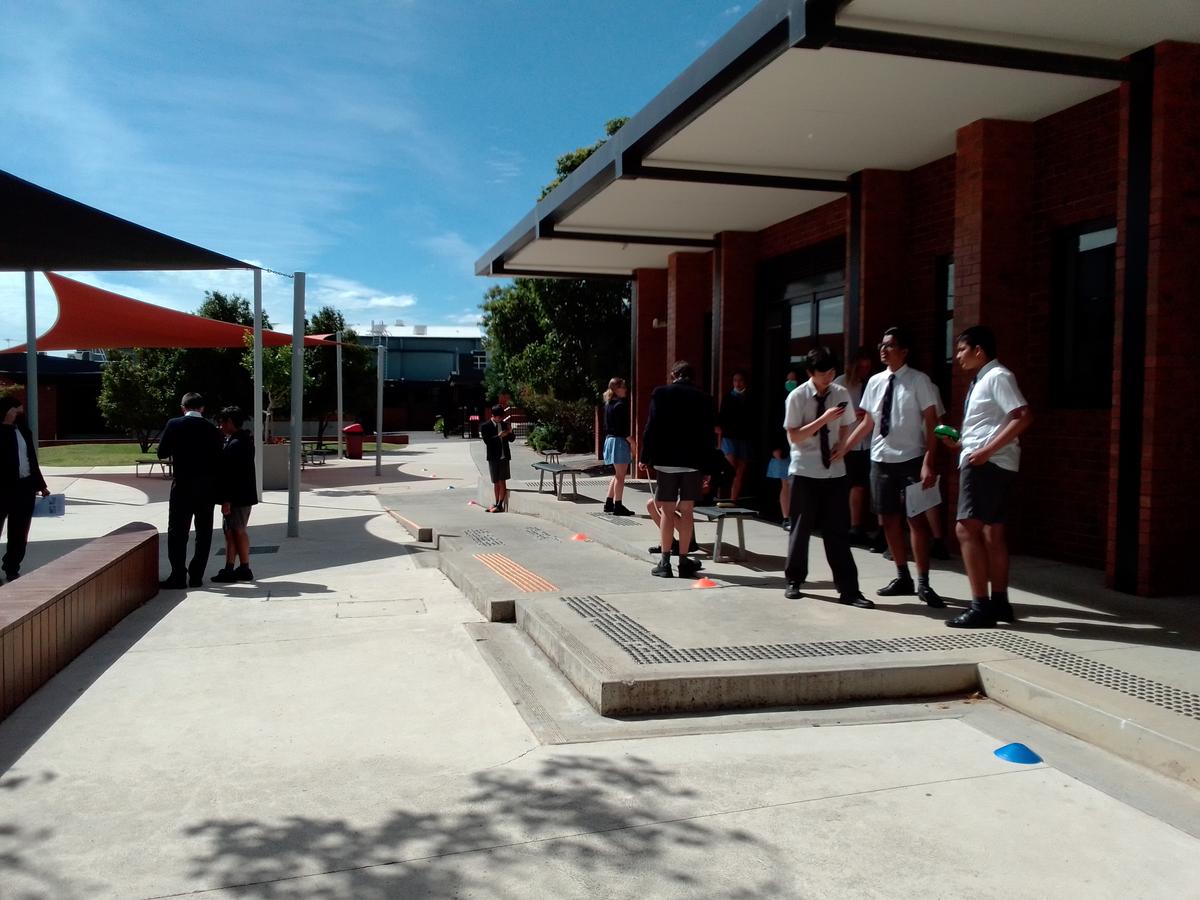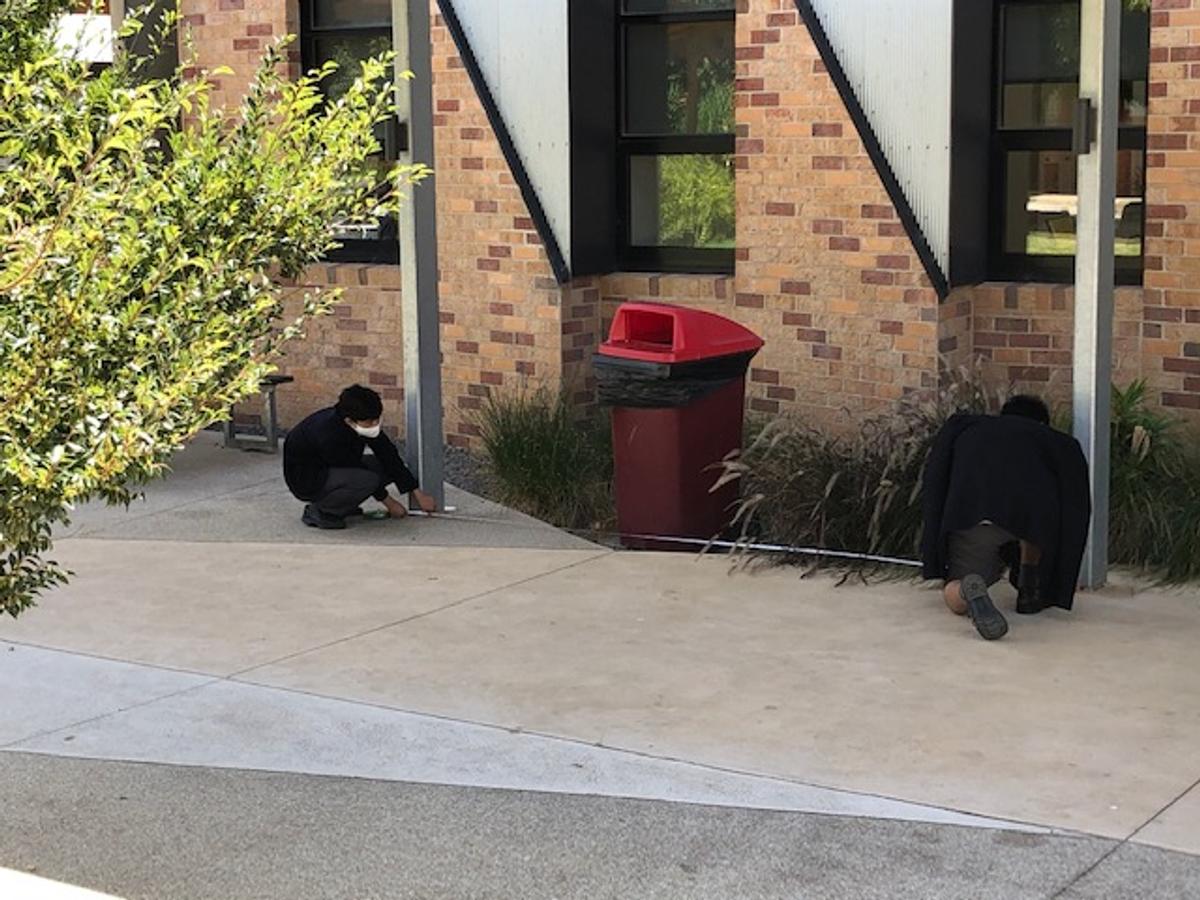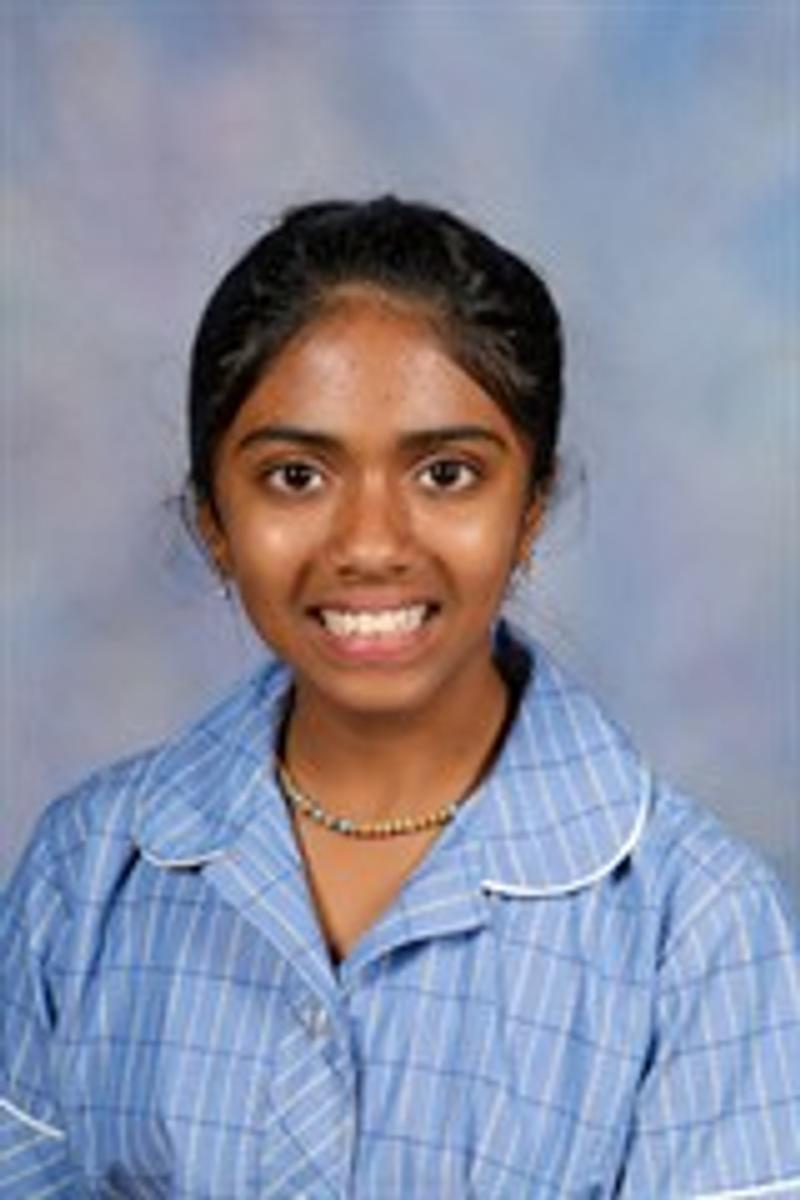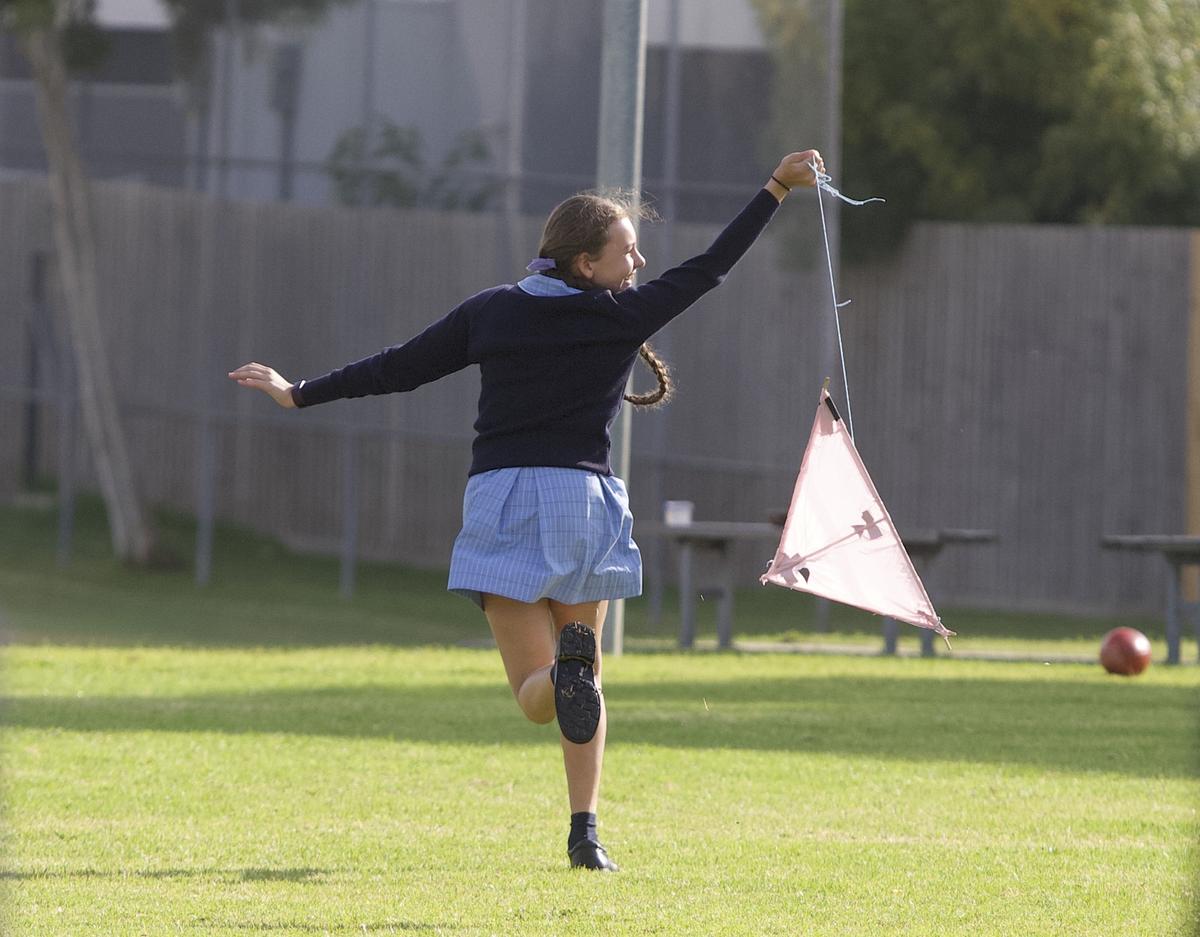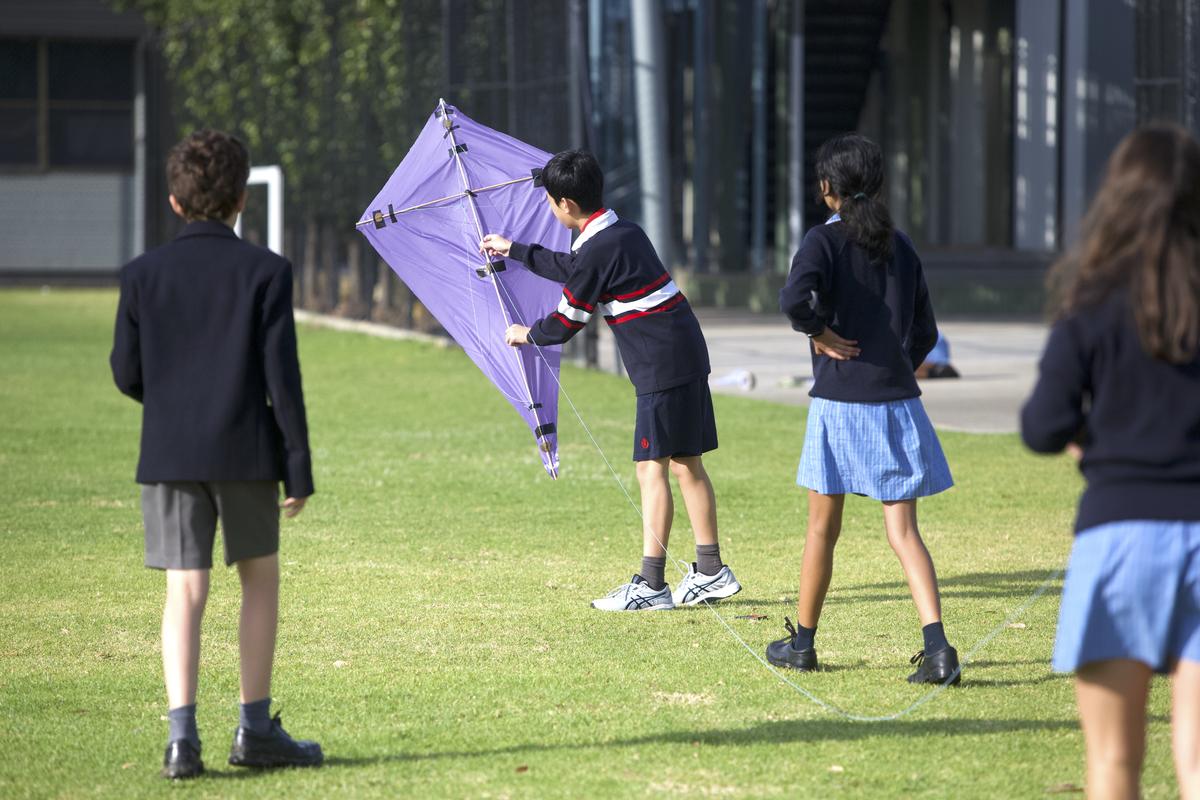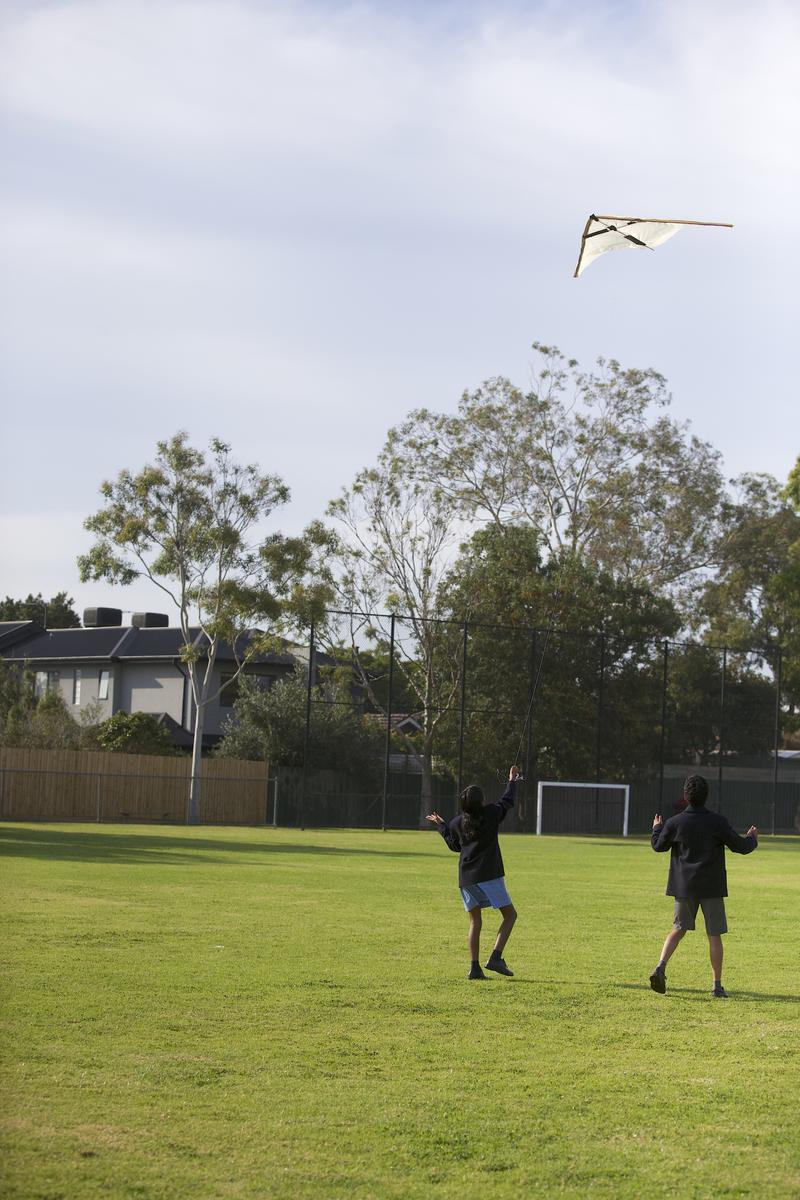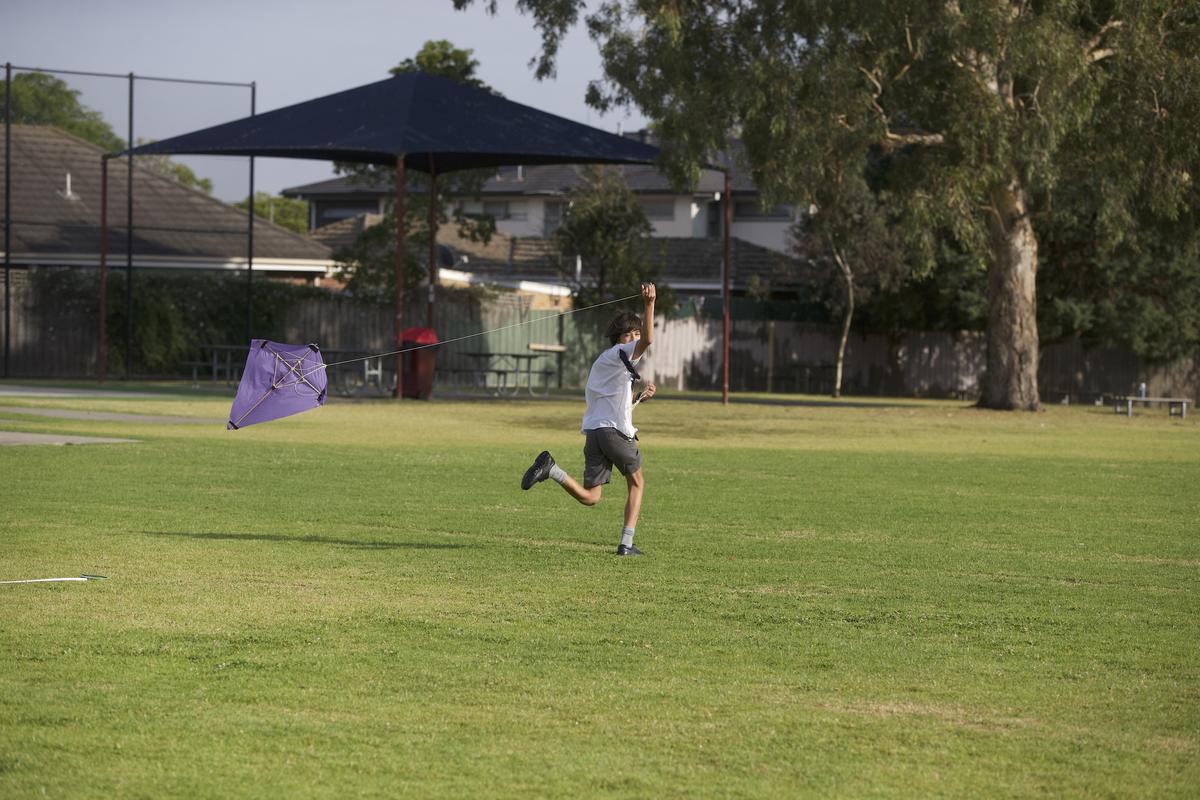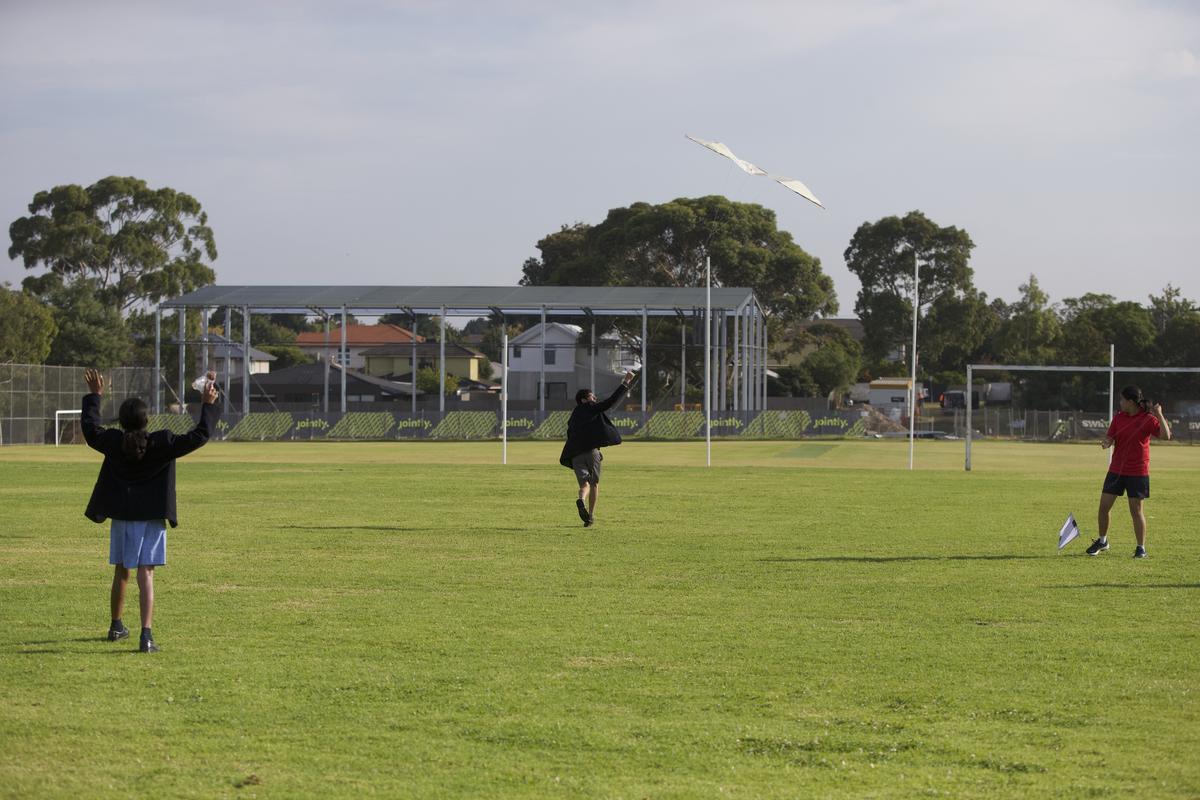SCIENCE
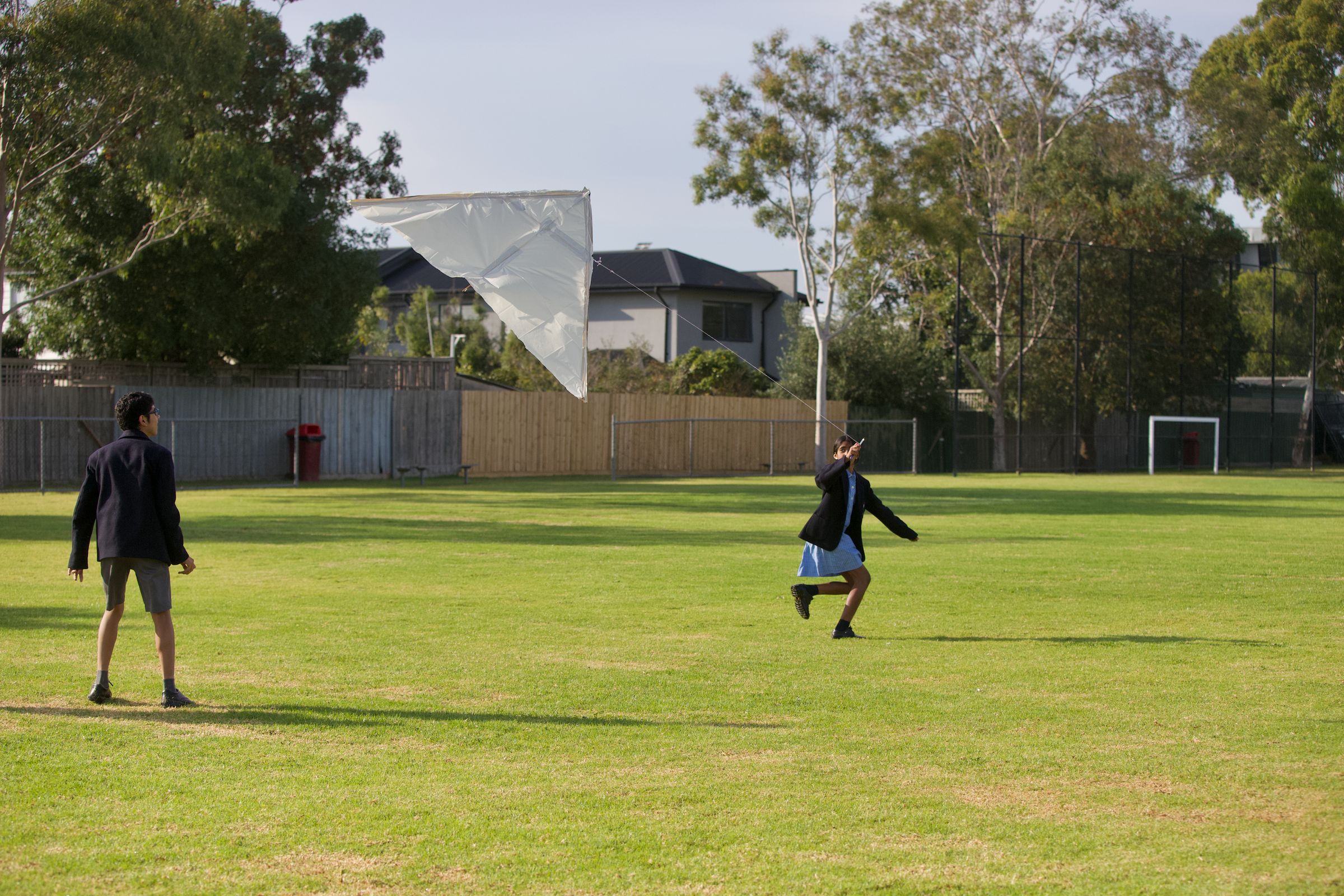
YEAR 10 PHYSICS/ASTRONOMY
THE OASIS AREA AS A VIRTUAL “STELLAR CLUSTER”
In astronomy, one of the biggest challenges is to measure the distance between our solar system and the many distant stars in the cosmos. Because of the vastness of space, it is impossible to roll out a tape between the objects in space to measure their distances. In fact, stellar distances are so huge that even light (the fastest moving entity in the universe) would need about 100,000 years to travel across our own Milky Way!
Fortunately, there is a way to determine distances even if you cannot physically reach the object that you are measuring.
One of the techniques that astronomers use to measure the distance to nearby stars is the Parallax Method. It involves taking images of the target star at two different locations and comparing the apparent shift in the target star’s position (due to parallax) against the background. Subsequently, the mathematics of triangles is used to determine the distance to the target star.
Recently in Year 10 Physics/Astronomy, our students put this technique to the test in the Oasis Area by taking digital photos of various objects at carefully chosen locations, and then, applied the relevant mathematics to estimate their distances from A-block. Effectively, they have used the Oasis Area as a virtual “stellar cluster” for their study!
The interesting part of this activity was that at no point did any student require to go near any of their targets in order to deduce their distance from A-block. In fact, some targets cannot be measured in the conventional manner, even if the tape measure is long enough, since there are obstacles in the ground.
It should be noted that their results, when compared to the estimates obtained using Google Maps’ satellite view, were amazingly accurate given the simple table-top equipment available in the classroom.
Dr Sandy Law
Senior Physics & Maths Teacher
KITE INQUIRY
As part of our ELMS inquiry in Science, we were all asked to construct some kites to fly and collect some data. It was a very interesting project, and after learning about different principles related to physics, such as Bernoulli’s theorem and Newton’s third law of motion, we couldn’t wait to get started!
We were put into groups, and given a booklet to help us plan our design of the kites, and we were allowed to choose the independent variables. My group chose the surface area of the kites and how it affects the kite’s flight time, but the choice of the variables varied throughout the class, with some people choosing shape.
After drafting our designs and measurements on paper, different materials such as sheets of plastic, dowels, and tape were given to us to construct our kite.
After building our kites, we all took them out onto the oval to time their flights, and accumulate the needed data. It was a very still and warm day, and there were only inconsistent gusts of wind. However, our spirit didn’t dampen, and after numerous efforts to fly our kites, our teacher said we could try again the day after.
The day after, Thursday morning, was also a quiet day with only a breeze, so a lot of us got creative, and attempted running with our kites across the oval, which got us some data, but was insufficient.
Finally, our teachers said they might provide us with some secondary data. Nevertheless, my classmates and I thoroughly enjoyed the whole experience, and I definitely would encourage trying to build a kite on your own at home.
Also, shout out to our teacher Mr McMahon and the other Science teachers, who made this a memorable event!
Mahathi Mahesh
Year 8 Student

